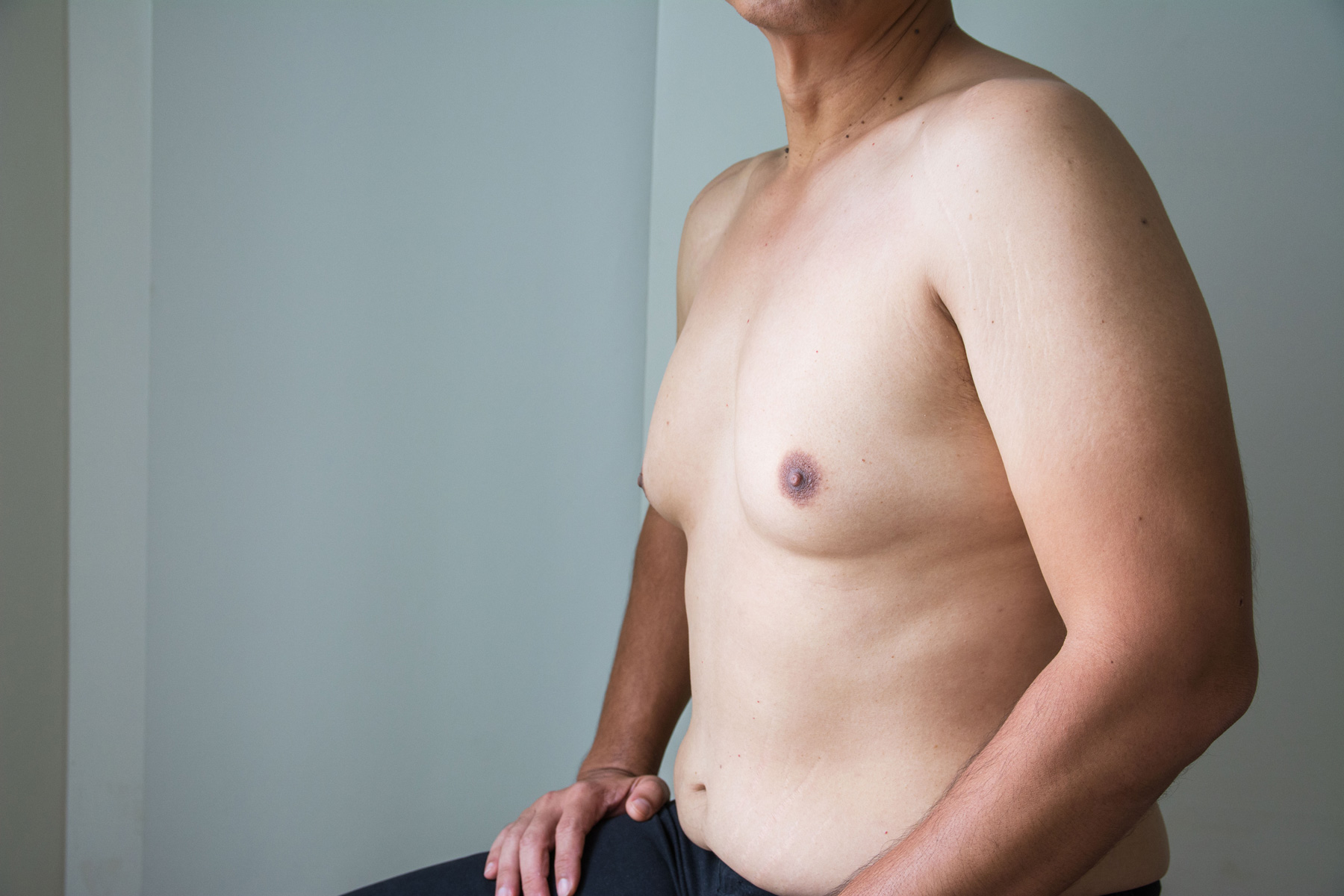
Everything You Need to Know About Gynaecomastia
When we think about abnormalities that concern the breasts, breast cancer immediately comes to mind. However, there are other breast disorders aside from cancer, most of which we associate women as they are the most common victims of such conditions. Although, did you know, there are breast conditions that primarily target men. One of the disorders that are common to men is Gynaecomastia or the enlargement of breasts in men.
In this article, let us discuss everything you need to know about Gynaecomastia, its causes, and how you can prevent it from happening.
What Is Gynaecomastia?
Gynaecomastia is a condition that increases the amount of breast gland tissue in men due to an imbalance of estrogen and testosterone. Testosterone and estrogen are hormones that control sex traits among men and women. Testosterone controls male characteristics, while estrogen controls female aspects, such as the growth of the breast.
People usually think that estrogen is only produced in female bodies. Men also produce the hormone, though in fewer quantities compared to women. When a man’s estrogen levels become too high and do not match the ratio of his testosterone, this may lead to developing Gynaecomastia.
There are two types of Gynaecomastia: Physiological and Pathological. Physiological Gynaecomastia mostly happens to adolescent boys due to a delayed surge of testosterone compared to estrogen during puberty. On the other hand, Pathological Gynaecomastia is a result of changes in estrogen levels that may be due to several causes.
Gynaecomastia is a common condition among men, with at least one-third of the male population developing it in their lifetime. However, it is nothing to worry about. It is a benign condition, where only 1% of cases develop into breast cancer. Still, it can cause discomfort with some men diagnosed experiencing pain in their breast, and or body image issues.
What Causes Gynaecomastia?
As mentioned, Gynaecomastia is caused by an imbalance between the testosterone and estrogen levels in the body. Several causes may cause hormonal imbalance; certain conditions may either decrease the level of testosterone or increase estrogen levels. Here are some of the possible reasons of enlarged breasts in men:
Natural Hormone Changes
Gynaecomastia usually affects men. Hormone levels change as you grow older, so this condition may start developing at various stages of his life. Infants typically are born with enlarged breasts as a result of their mother’s estrogen, though it subsides within two to three weeks after birth.
It is also common among adolescent boys, as there’s a significant hormone change during puberty. During this period, swollen breast tissues may go away after six months to two years, even without surgery.
Enlarged breasts are most prevalent among older men, between age 50 to 69, with at least 1 of 4 men within the said age group developing it.
Medications
Certain types of medication, including the ones mentioned below, may increase the possibility of developing enlarged breasts in men:
- Anti-androgens used to cure prostate problems
- AIDS medications
- Diazepam and other anti-anxiety medications
- Tricyclic antidepressants
- Antibiotics
- Cimetidine and other ulcer medications
- Medications for treating cancer
- Digoxin and other heart medications
- Metoclopramide and other stomach-emptying medications
It is still best to consult your doctor about the possible side-effects of these medications and if there are any other alternative options.
Drugs and Alcohol
Alcohol consumption and drug use can lead to several health problems, including Gynaecomastia. Excessive drinking may increase the chances of developing enlarged breasts. Also, drugs such as amphetamines, cannabis, heroin, methadone, and anabolic steroids may increase the risk of the said condition.
Health Conditions
Other existing health conditions, which affects the healthy balance of hormones in the body, may cause Gynaecomastia such as:
- Hypogonadism
- conditions that affect the prostate are associated with Gynaecomastia
- Tumors
- some tumors, especially those in the prostate, adrenal glands, or pituitary gland may result in hormone imbalance
- Hyperthyroidism
- this happens when the thyroid gland produces excess hormone thyroxine
- Kidney and Liver Failure
- medications to treat kidney and liver diseases may cause hormonal changes
- Malnutrition
- inadequate nutrition causes testosterone levels to drop while estrogen levels remain the same, resulting in an imbalance
- Obesity
- being overweight increases the level of estrogen in the body, building excess fat tissue in the breast area
Herbal Products
Products such as shampoos, soaps, or lotions that use plant oils like tea or lavender are associated with breast enlargement because of their weak estrogenic activity.
How to Prevent or Treat Gynaecomastia?
If you are not yet diagnosed with this condition, there are a few ways you can lower the risk of developing Gynaecomastia. Foremost, live a healthy lifestyle, eat healthy foods, and exercise regularly. It is also better to stay away from alcohol, drugs, and other vices. Furthermore, reviewing your medications will help you be informed about its possible side effects. Always have a regular check-up so you can ask your doctor questions about your health.
Again, this condition is nothing to be afraid of. However, if you experience swelling, pain, or nipple discharge in one or both of your breasts, consult the doctor immediately.
Gynaecomastia usually subsides itself, though if it persists, there are options out there for you to treat it. You may opt to have surgery to remove the excess breast tissue or take medication that adjusts the hormone imbalance in your body. Breast reduction surgery among men might be a rare case, but if enlarged breasts cause your stress or discomfort, do not be afraid to consult a plastic surgeon to discuss the possibility of surgery.
